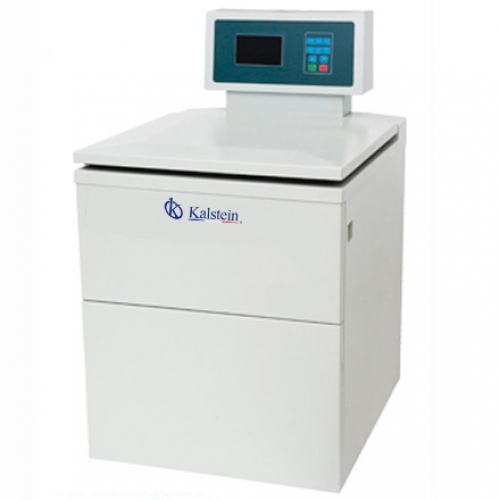The care and maintenance of these laboratory equipment is indispensable to extend the useful life of the apparatus and mainly to obtain effective and efficient results without contamination, although there are routines or general recommendations to protect, clean and maintain the laboratory centrifuges, we must certainly follow the recommendations of the equipment manufacturer; so it is important to acquire these centrifuges from internationally recognized manufacturers such as us at KALSTEIN, meet them
These medical equipment thanks to its function are not only necessary and used in laboratories, but also in clinics, public health centers, among others where the separation of solutes from their solvents is required, at the time of cleaning and maintenance we must recognize the parts and accessories of the centrifuges to establish a maintenance routine, according to the type of centrifuge, among the variety of these machines we have: low-speed serum or plasma separation centrifuges, centrifuges for microhematocrits and ultracentryfuges for protein separation.
Parts of a typical laboratory centrifuge
- Cover: It prevents access to the samples, works automatically, so that it cannot be opened if the centrifuge is in operation.
- Camera or Cabinet: It is the physical space where the centrifugation process takes place.
- Base: It is built of heavy materials, and with systems of attachment to the surfaces.
- Ignition switch: controls the power supply, such as turning it on and off.
- Time Control: Allows you to control centrifuge time.
- Tachometer: Displays the speed at which the rotor rotates in revolutions per minute.
- Brake: allows you to make the centrifuge stop process faster, or stop it in emergency situations.
- The rotor: is the part where the sample holders are placed.
- Sample holder. They’re sort of containers where the samples are placed.
Loaded from the Centrifuge for preservation
In order to keep the equipment in perfect condition, the first recommendation is to carry out a load of the correct centrifuge, since this will depend on the operation of the centrifuge and avoid damage to the rotor that can cause its replacement; this means that loads should be placed on the rotor in a balanced way, as they are designed to achieve balance during operation.
Follow the following recommendations to protect your centrifuge:
- Place the loads so that the loads having the same mass or weight are placed opposite to the rotor. Use the balance to make sure the weights are equal.
- Use the centrifuge by placing all the original accessories on the rotor.
Care of laboratory centrifuge use
It is important to take into account some recommendations to keep the centrifuge in the right conditions:
- Keep centrifuge clean of sample remnants, glass or dust.
- Keep the cover closed when centrifuging.
- Replace any deformed metal containers.
- Do not use grated or cracked glass equipment.
- Replace the sample holder damper plugs.
- Check that the surface where you have the equipment is perfectly level.
Preventive maintenance of the centrifuge
- You should clean the equipment after each use, with a damp cloth with neutral soap, then pass a dry cloth, you should not use chemicals.
- Verify that the mechanism, time and speed controls are working properly.
- Check the Manuel or automatic brake, depending on the equipment.
- Check the condition of the coals, you must change both at the same time, never one alone.
- Verify that when centrifuging the samples, there is no excessive vibration.
- Visually check the condition of rotors and rotor buckets.
- If there is a spill, it should be cleaned with distilled water.
You want to know the catalog of high-end products that we KALSTEIN have for you, visit us HERE we have a specialized team that will answer your doubts, and will be present to accompany you in the maintenance and care of your equipment, our online sales channels are easy and safe, with the best offers of the market, remember we are Company manufacturer of Laboratory Equipment recognized worldwide.

